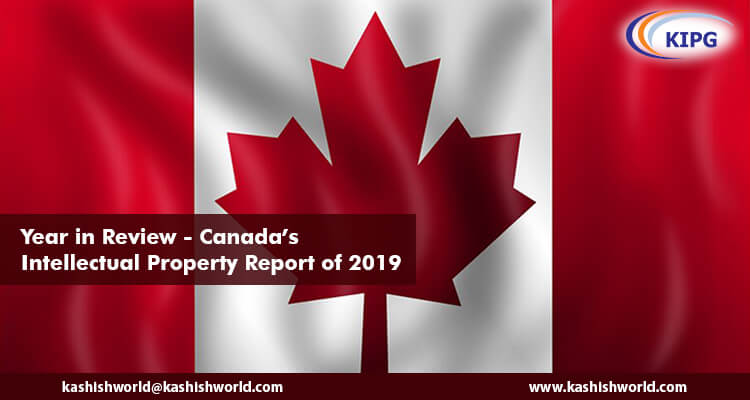
For modernizing Intellectual Property Rights (IPRs) and corresponding registration system, Canada finally made good on its promises in 2019 by bringing into force some crucial amendments to its Patent Act, Trademarks Act, along with their respective regulations. The praiseworthy objective of these changes is to harmonize Canada’s Intellectual Property (IP) prosecution practice and make it as competitive and frictionless as possible.
Changes made to the Trademarks Act and Regulations
Myriad legislative amendments, along with a few other practice changes, came into action in June 2019 at the Canadian Intellectual Property Office (CIPO). For some time now, many of these changes had already been anticipated as they stem from the implementation of three critical trademark treaties announced in 2014, namely:
- The Singapore Treaty on the Law of Trademarks
- The Protocol Relating to the Madrid Agreement Concerning International Registration of Marks
- The Nice Agreement Concerning the International Classification of Goods and Services
The significant changes made are as follows:
- The elimination of grounds for filing a Trademark Application
- The elimination of the need to file a declaration of use for obtaining Trademark Registration
- The use of the Nice Classification in trademark registration and charging of per class government fee
- A new definition for “trademark” with the introduction of new categories of a non-traditional trademark, including holograms and 3D marks
- The trademark registration term changing from 15 to 10 years
- The introduction of an examination phase for evaluating the distinctiveness of the proposed trademark
- A few procedural changes to the Trademark Opposition regime
These amendments faced a lot of criticism initially over concerns of eliminating proof of use, leading to widespread trademark squatting and increased controversial legal proceedings. For addressing these concerns, costs awards and case management provisions were added along with a requirement to demonstrate trademark use in cases where a registrant seeks to enforce Trademark Rights in the initial three years post-registration. Furthermore, a few provisions were also added corresponding to limiting the scope of official trademarks that weren’t available or in existence anymore.
Many changes were put forward for simplifying the trademark registration process and encouraging more business and brand owners to safeguard their marks in Canada. However, when the amendments came into force, a lot of owners rushed to file their trademark applications to avoid paying “per class” filing fee (which now applies).
Although the 2019 amendments have brought in a much convenient approach for the trademark registration procedure, it has also led to increased costs and added pressure to stay alert while monitoring CIPO trademark filings for potentially conflicting third-party marks. Consequently, these changes are more likely to result in the cases of trademark opposition and cancellation proceedings.
Changes made to the Patent Rules and Patent Act
Amendments to the Patent Act and the new Canadian Patent Rules came into force on 30th October 2019. These amendments have brought in quite a few significant changes to the Patent System in Canada. The amendments primarily focus on shortening delays and enhancing procedural certainty in the prosecution of Canadian Patent Applications. The Patent Rules include several significant changes, which are as follows:
-
- The international patent applications filed after 30th October 2019 shall no longer be subject to late entries, with the national phase deadline set at 30 months (subject to exceptions).
- A description of the invention or innovation submitted along with the patent application can be provided in any language (which earlier used to be only French and English).
- The deadline for the examination request has been reduced to four years from the date of filing the patent application with even shorter deadlines for divisional applications.
- The deadline for responding to official actions has now been reduced from six months to four months. With the payment of a fee and submission of a specific reason, an extension of up to two months can be obtained from the Patent Office.
- For paying the final fee, the patent applicants shall have four months after the Notice of Allowance.
These amendments, along with several others, aim at making the Canadian Patent Registration
process way faster and attractive for the patent applicants.
Canada’s Strategy for IP Protection
Canada has become exceedingly committed to safeguarding IP over the last five years by signing a series of international trade agreements. The business firms in Canada are also capitalizing on these IP protections by coming up with market-leading IP positions in strategic industries such as Artificial Intelligence (AI) and green energy. The Canadian government also released a novel IP strategy in 2019, including initiatives for making IP more accessible. The government aims to build a proficient IP ecosystem in Canada that will foster the growth of IP and encourage businesses of all sizes to invest in IP.

